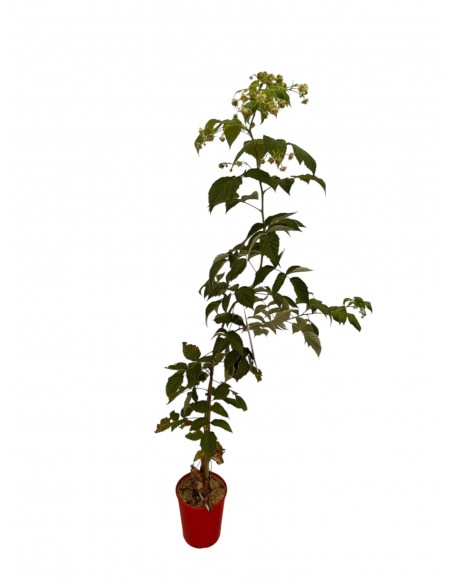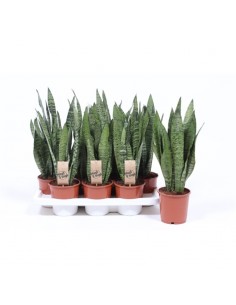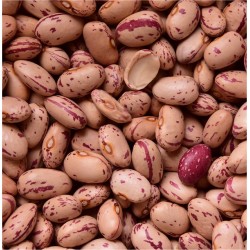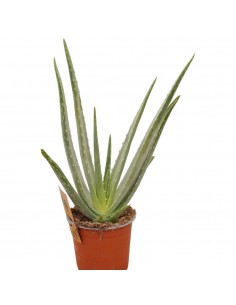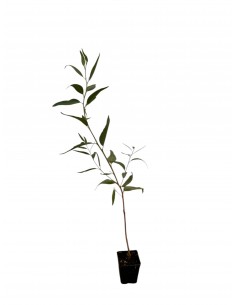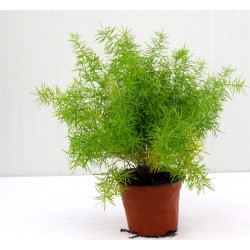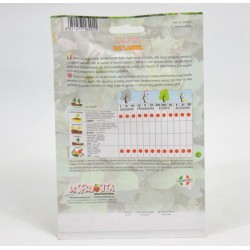Raspberry Tree
Generalities :
The Raspberry tree is a very rustic, vigorous and stocky shrub that can reach 1.50 m in height. The slightly thorny stems are called canes. The flowers gathered in terminal panicles are greenish and self-fertile. The fruits are usually a more or less dark red. Rustic and undemanding, raspberry adapts to any type of soil, with a preference for light and humus-rich soils, and bears a light shade.
- jar 22cm, height 150/170cm
Generalities:
The raspberry plant belongs to the berry family. It is found spontaneously in the undergrowth of the Alpine and pre-Alpine areas. In recent years, its great value has been rediscovered and cultivation has intensified, not only in Northern Italy, but wildly throughout the country. The regions with the greatest vocation for the cultivation of raspberry are Piedmont and Trentino. Furthermore, the cultivations of Tuscany, Emilia Romagna, Sicily and Campania also have a certain importance. This plant is rustic and easy to grow even for the most inexperienced. But you need to know it well and understand what its needs are.The leaves of the raspberry plant have an oval shape, dark green color and develop in groups of 3-5. The flowers are white and are found in small racemose inflorescences. The fruit is a sorosio formed by a set of small drupeole, very similar to the blackberry. The shape of the raspberry can vary from round to slightly oval, more or less elongated. The color, on the other hand, ranges from pale pink to ruby, to deep red, almost purple.
Cultivation and Care :
the Raspberry trees do not have particular needs in terms of soil although they prefer those that are not very calcareous, sub-acid, rich in organic matter, fresh and permeable. They are raised in rows with the help of light poles and one or two vertical or horizontal wires to which the shoots are tied or the suckers are addressed in the case of reflowering varieties. The distances range from 1.50-2.50 m between the rows to 0.50-0.70 m between the plants. To avoid the development of weeds near the plants and along the row, mulching with black polyethylene with holes of 15 cm in diameter is recommended. Fertilization, irrigation and soil management are similar to other fruit species grown in your area. Rain irrigation that favors the development of fruit rot should be avoided.

